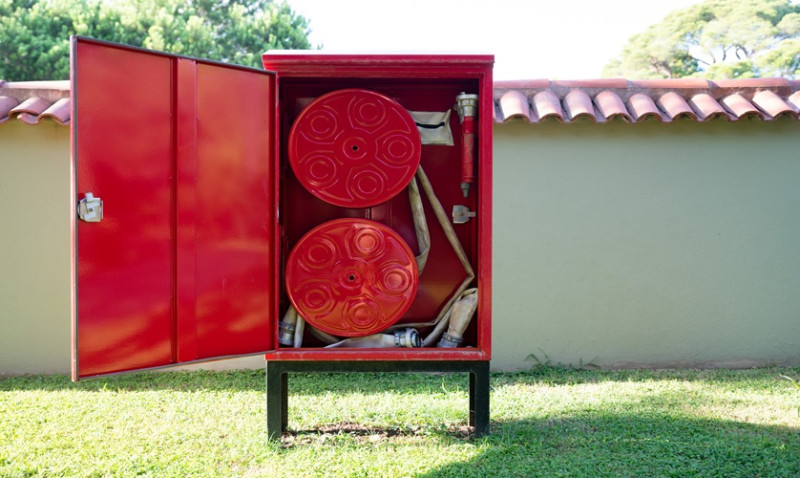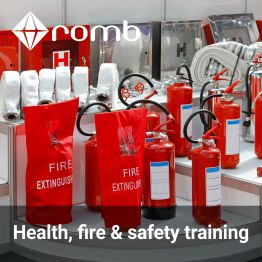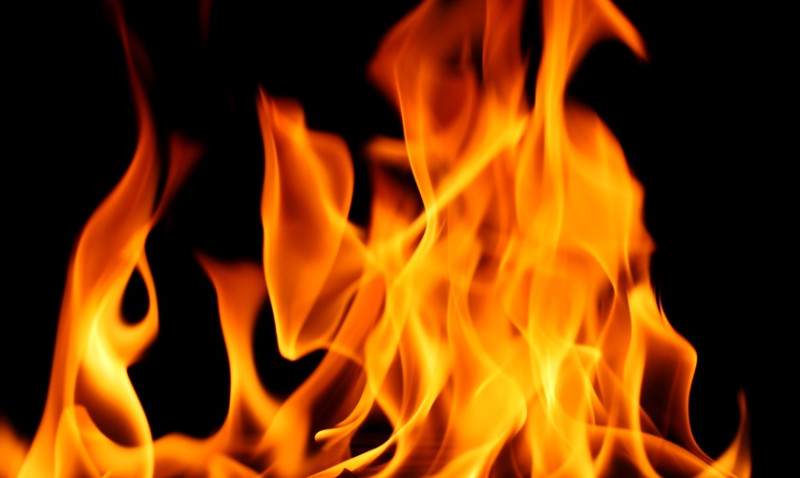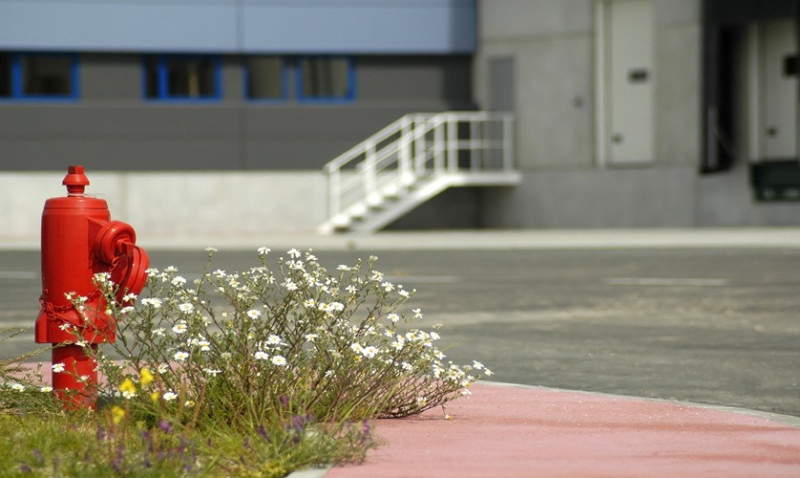
Fire suppression systems are a critical safety component at gas stations across the UK. These systems are designed to detect and respond rapidly to fires, helping to prevent catastrophic explosions and mitigate risk to life and property. However, when these systems malfunction, the consequences can be severe — from service downtime and equipment damage to potential injury or legal liabilities. Whether you are a site owner, maintenance professional, or just someone curious about what safeguards are in place, it's vital to understand how these systems work and why they may fail.
In this post, we'll break down key points surrounding common malfunctions in gas station fire suppression systems, their causes, consequences, and how to prevent them. Whether you're a DIY enthusiast considering risk reduction in your projects, or a professional tradesperson managing retail or service-based sites, this information will boost your awareness and help you make better-informed decisions.
What Is a Gas Station Fire Suppression System?
Fire suppression systems at fuel stations are engineered solutions designed to quickly extinguish fires before they can escalate. These systems typically consist of flame detectors, thermal sensors, control panels, fire extinguishing agents (like dry chemical powders), and activation units. They are usually installed over fuel dispensers, under canopies, and around high-risk areas such as fuel tanks and storage rooms.
When a sensor identifies excessive heat or an open flame, it triggers the suppression system. In seconds, extinguishing agents are released to cover the vulnerable area and stop the fire from spreading. Additionally, some systems will automatically halt fuel delivery, cut off power supply to pumping systems, and notify emergency services if networked correctly.
For UK-based architects and designers creating commercial layouts, understanding the fire suppression integration is crucial for regulatory compliance. Similarly, for professional contractors and tradesmen tasked with installing or maintaining these systems, a clear grasp of system requirements is essential to ensure property and personnel safety.
Common Causes of Fire Suppression System Malfunctions
Unfortunately, even though these systems are built to be fail-safe, malfunctions can still occur. Pinpointing the problem starts with identifying common causes that lead to an unexpected failure or false activation of a fire suppression system — both of which can have costly repercussions.
- Sensor Malfunctions: False signals caused by environmental contamination like dust, debris, or insects can trigger the suppression system unnecessarily.
- Improper Installation: Systems that are not fitted by experienced engineers or don’t adhere to UK fire safety standards might fail during an emergency.
- Software Glitches: Modern suppression systems may rely on software-based control panels, prone to corrupt data sets or firmware errors over time.
- Lack of Regular Maintenance: Without ongoing maintenance, components like nozzles, pipes, and suppression agents may degrade or clog.
- Environmental Conditions: Cold weather, humidity, or corrosive fumes from fuels and oils can damage system hardware if inadequately protected.
These causes can contribute to an increased chance of system failure just when it’s needed the most. As a result, it’s important for site owners and maintenance teams across the UK to remain alert and engage in proper system upkeep.
Risks and Consequences of Malfunctioning Systems
Failure of a fire suppression system at a gas station is more than just a technical concern — lives and livelihoods are at stake. An ineffective system allows flames to spread unchecked, potentially resulting in fuel explosions, property loss, and serious injury to staff, customers, and first responders.
Even false activations caused by malfunctions can lead to significant financial implications. For example, an unnecessary discharge of fire suppressant can result in costly cleanup, fuel pump shutdowns, and potential environmental fines — not to mention negative public perception and business interruption.
Additionally, UK regulations around workplace safety, such as the Regulatory Reform (Fire Safety) Order 2005, place the burden of proof on businesses to ensure all risk assessments are current and equipment functional. Non-compliance due to system malfunction opens the door to penalties or even criminal negligence claims.
Architects and designers involved in developing fuel station layouts also carry a responsibility to anticipate fire safety pathways, balancing aesthetic and functionality without compromising on fire prevention standards.
Preventative Measures: How to Avoid Malfunctions
The good news is that most fire suppression system malfunctions are avoidable with proper planning, installation, and regular maintenance. Here’s a breakdown of effective preventative strategies that can ensure your gas station — or any similar high-risk environment — remains secure.
| Preventative Measure | Recommended Frequency | Responsible Party |
|---|---|---|
| Professional Installation by Certified Engineers | Once (at installation) | Licensed Installers |
| Routine Maintenance & System Testing | Quarterly to Bi-Annually | Maintenance Contractors / Site Owner |
| Sensor Calibration & Performance Checks | Every 3-6 Months | Fire System Specialist |
| Review Fire Safety Risk Assessment | Annually or When Site Changes | Responsibility Holder / Fire Officer |
| Employee Training & Emergency Simulation | Every 6-12 Months | Site Manager / Safety Coordinator |
Following these measures not only increases real safety on-site but also strengthens the confidence of customers and staff. Professional tradesmen servicing these systems should ensure they use only approved parts and comply with BS EN 12845 or BS 5306 standards, depending on system type.
What To Do in The Event of a Suppression System Failure
Experiencing a fire suppression system failure can be incredibly stressful. Whether it's a false discharge or a complete failure to activate, acting quickly is key. First and foremost, all staff should be trained to shut down pump operations and activate manual extinguishers if safe to do so. Contacting emergency services is a top priority in genuine fire situations.
Once the immediate risk subsides and safety is verified, a professional investigation must take place. This often includes diagnostic testing, reviewing sensor logs or wiring, and examining the environment for causes of degradation or interference.
In the UK, it's also advisable to notify your fire risk assessor and insurance provider to ensure compliant follow-up procedures. Keeping operational logs and photographic evidence can support your claim and speed up any necessary replacements or reimbursements.
Conclusion: Keeping Safety Systems in Check
Gas station fire suppression systems are silent sentinels guarding against a wide range of potential hazards. Their malfunction can be disastrous, but with diligence, preventative maintenance, and awareness, these failures can often be avoided.
For designers, architects, and tradesmen in the UK, integrating sophisticated yet reliable suppression systems into build plans or retrofits is no longer optional — it’s a regulatory and moral necessity. For business owners and employees, an empowered approach to inspections and training will make the difference between a near-miss and a tragedy.
Invest in quality components, frequent system health checks, and education. A well-maintained fire suppression system not only saves lives — it protects your reputation, business operations, and long-term prosperity.






